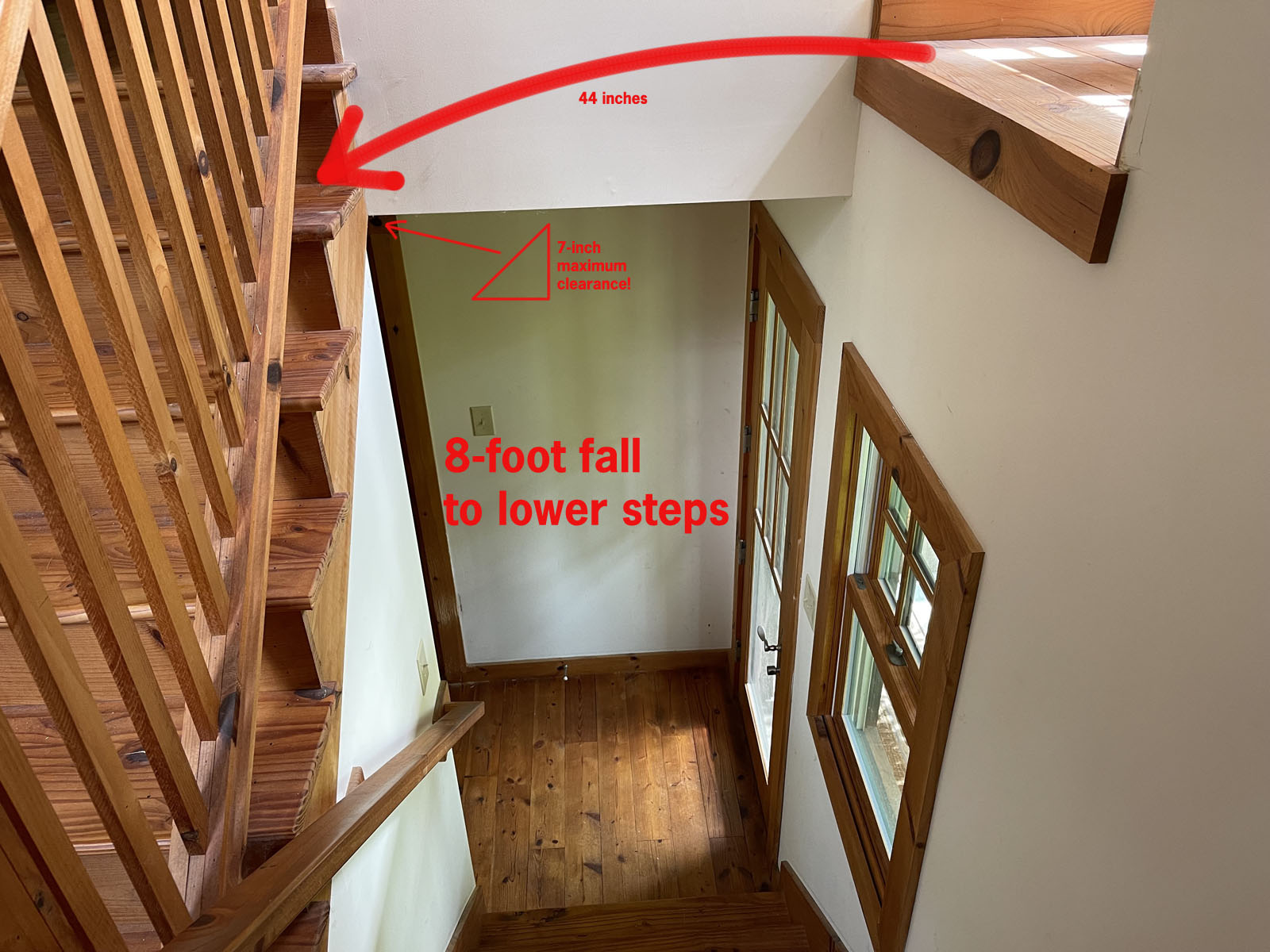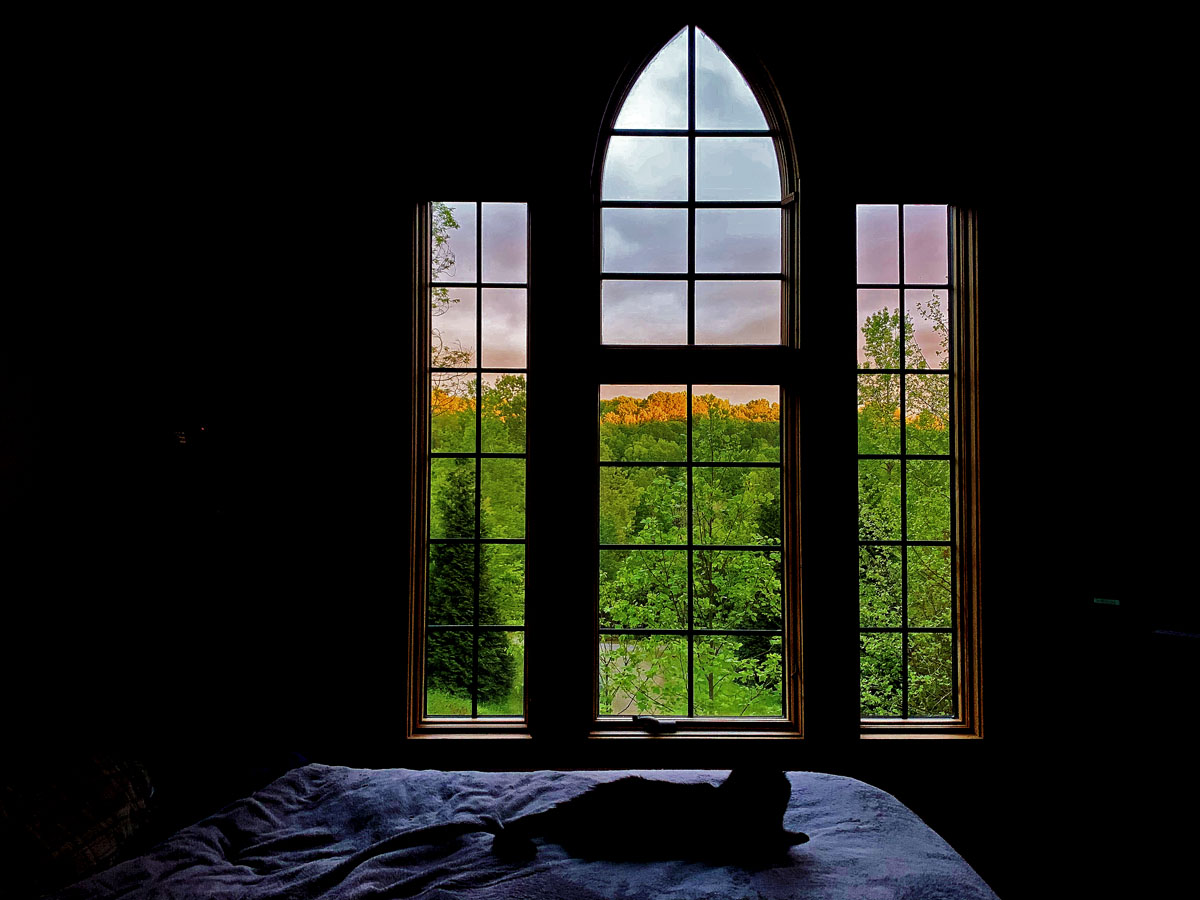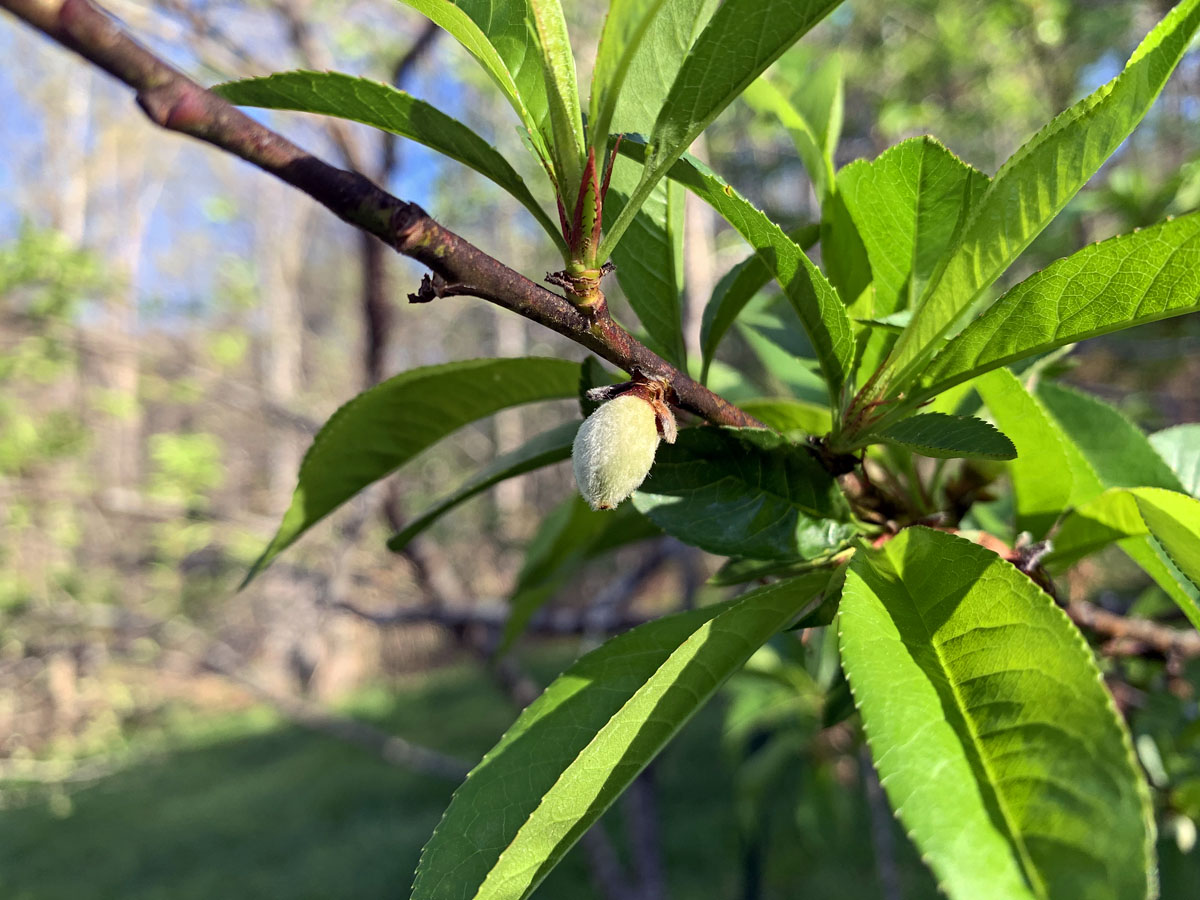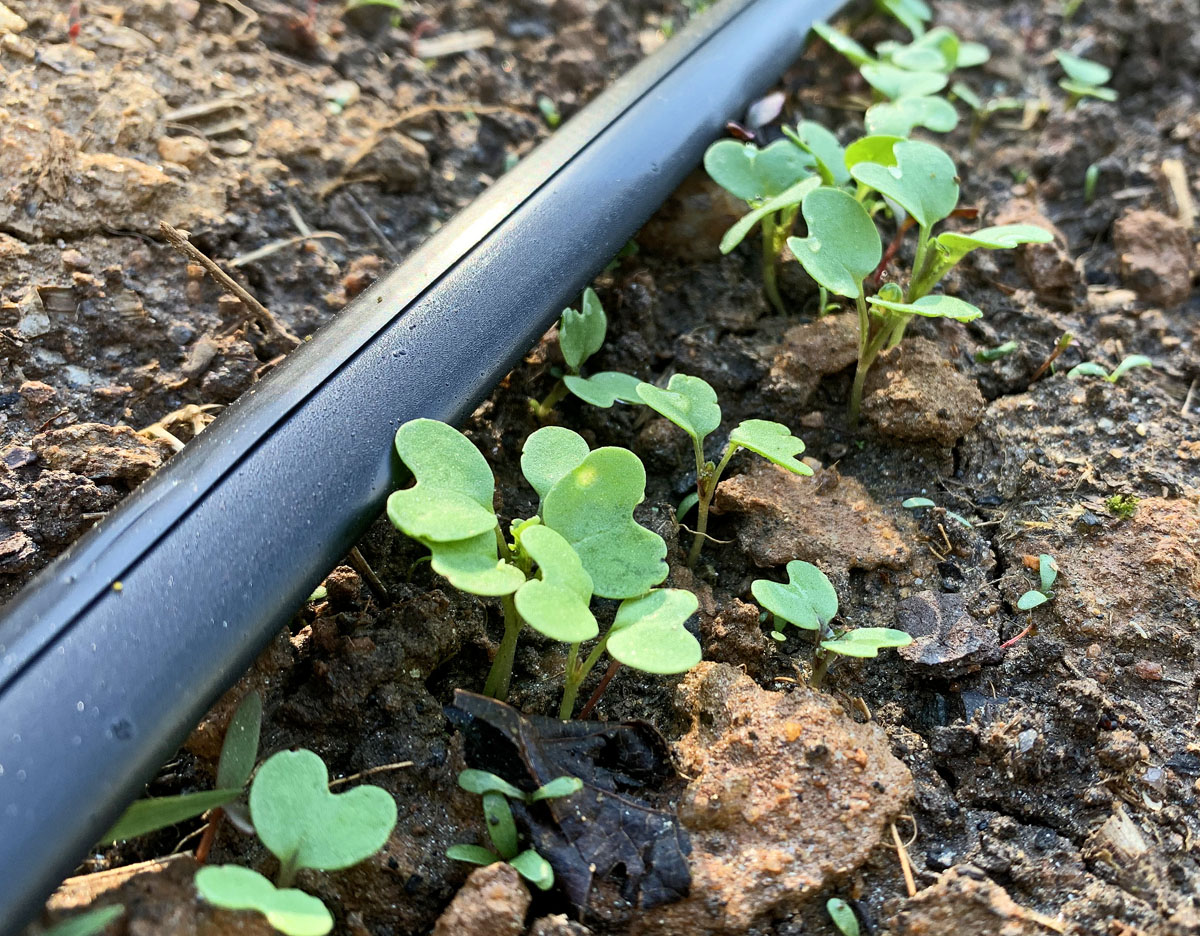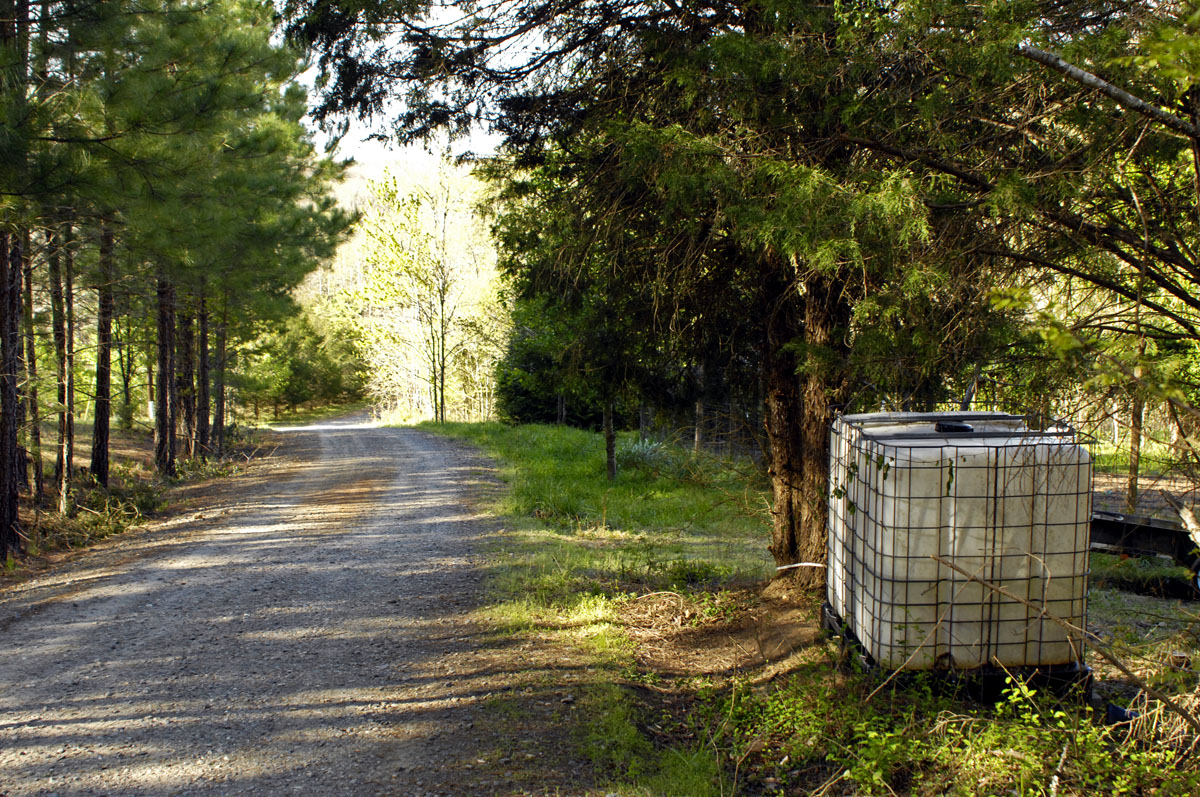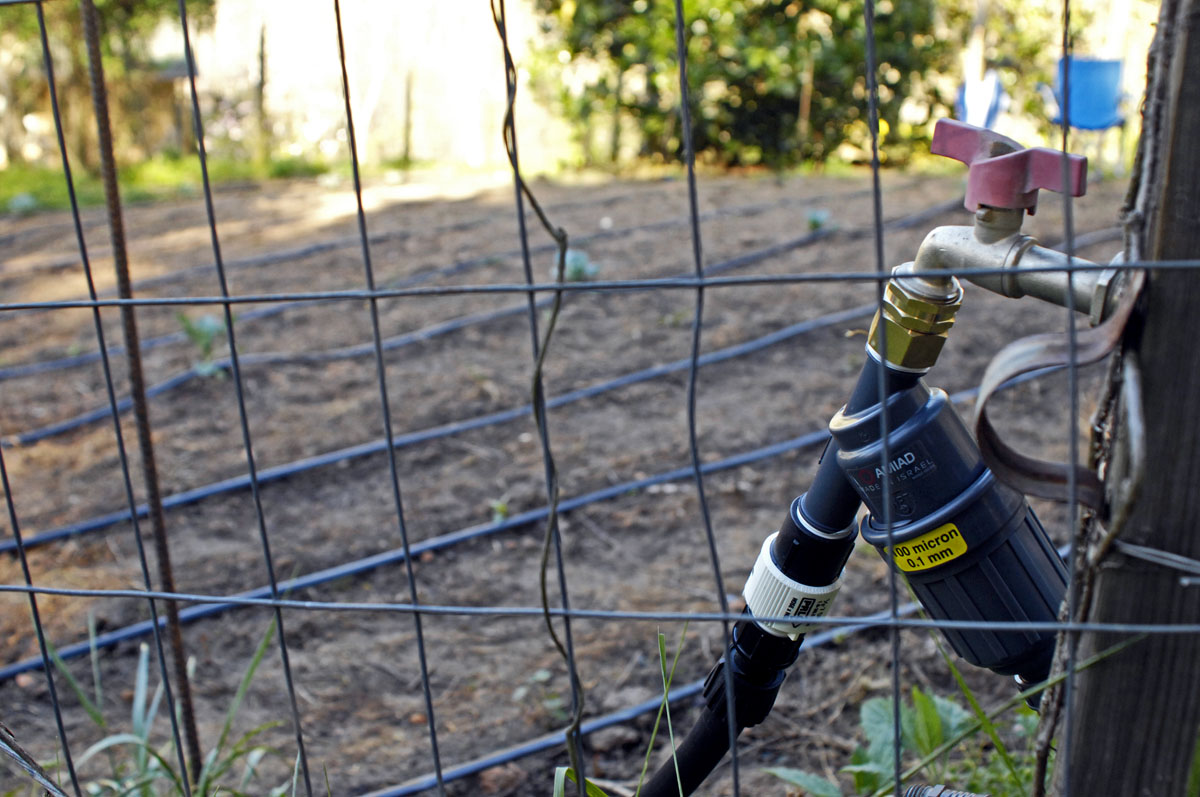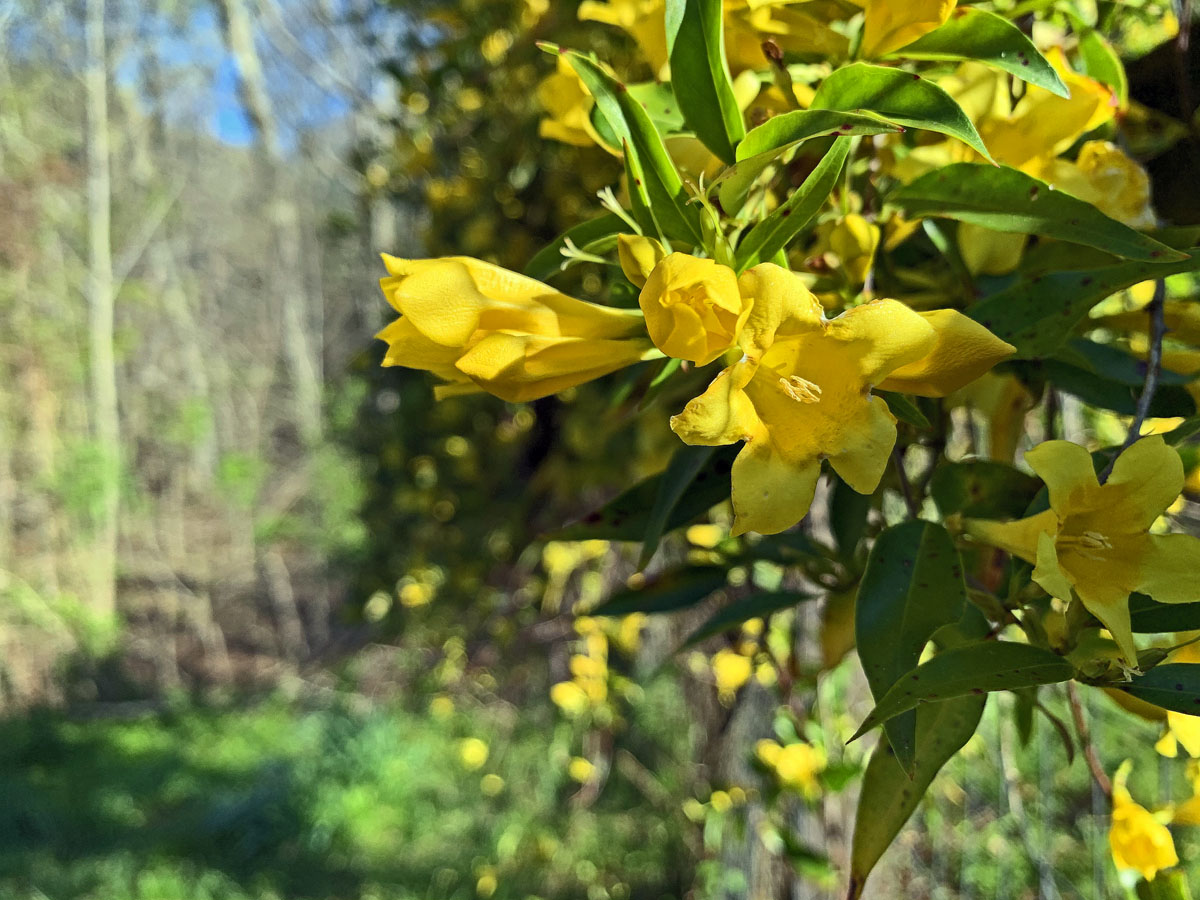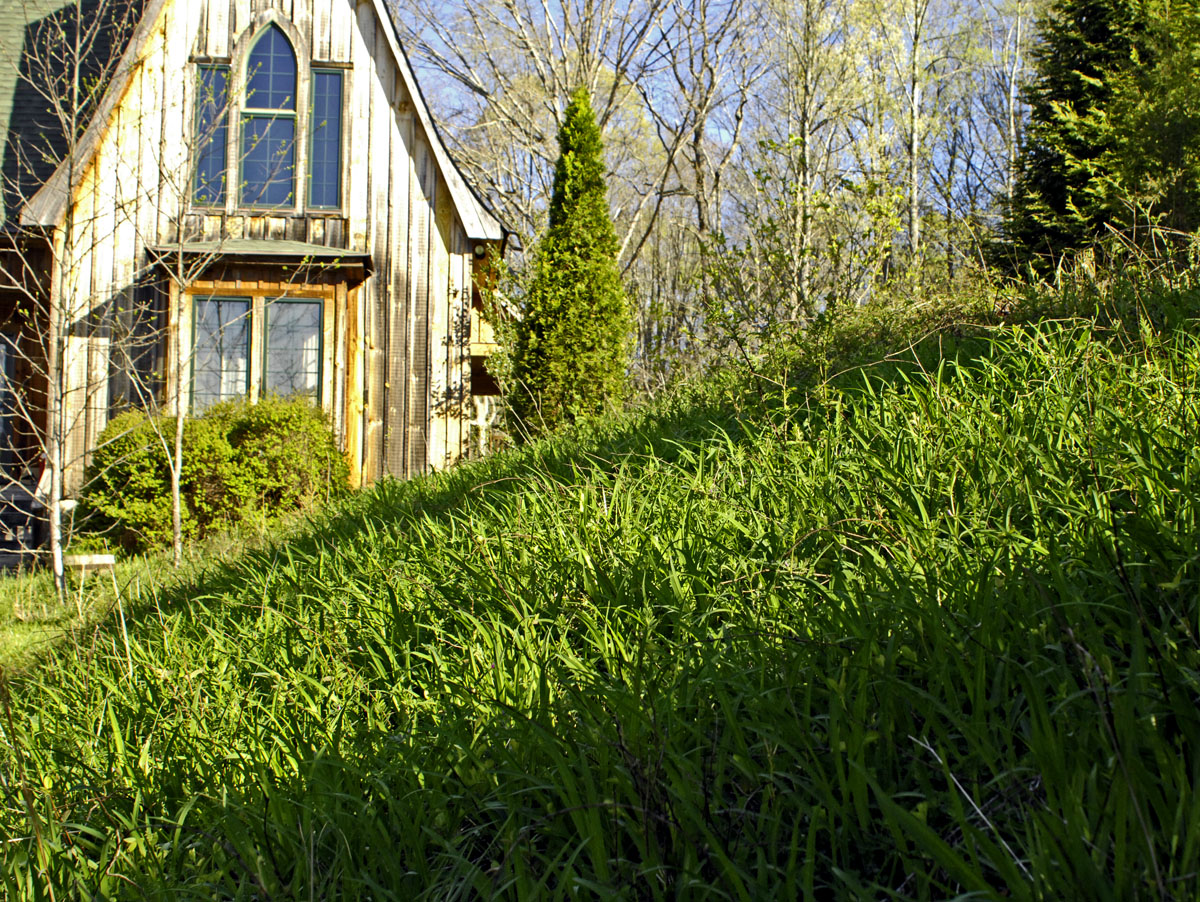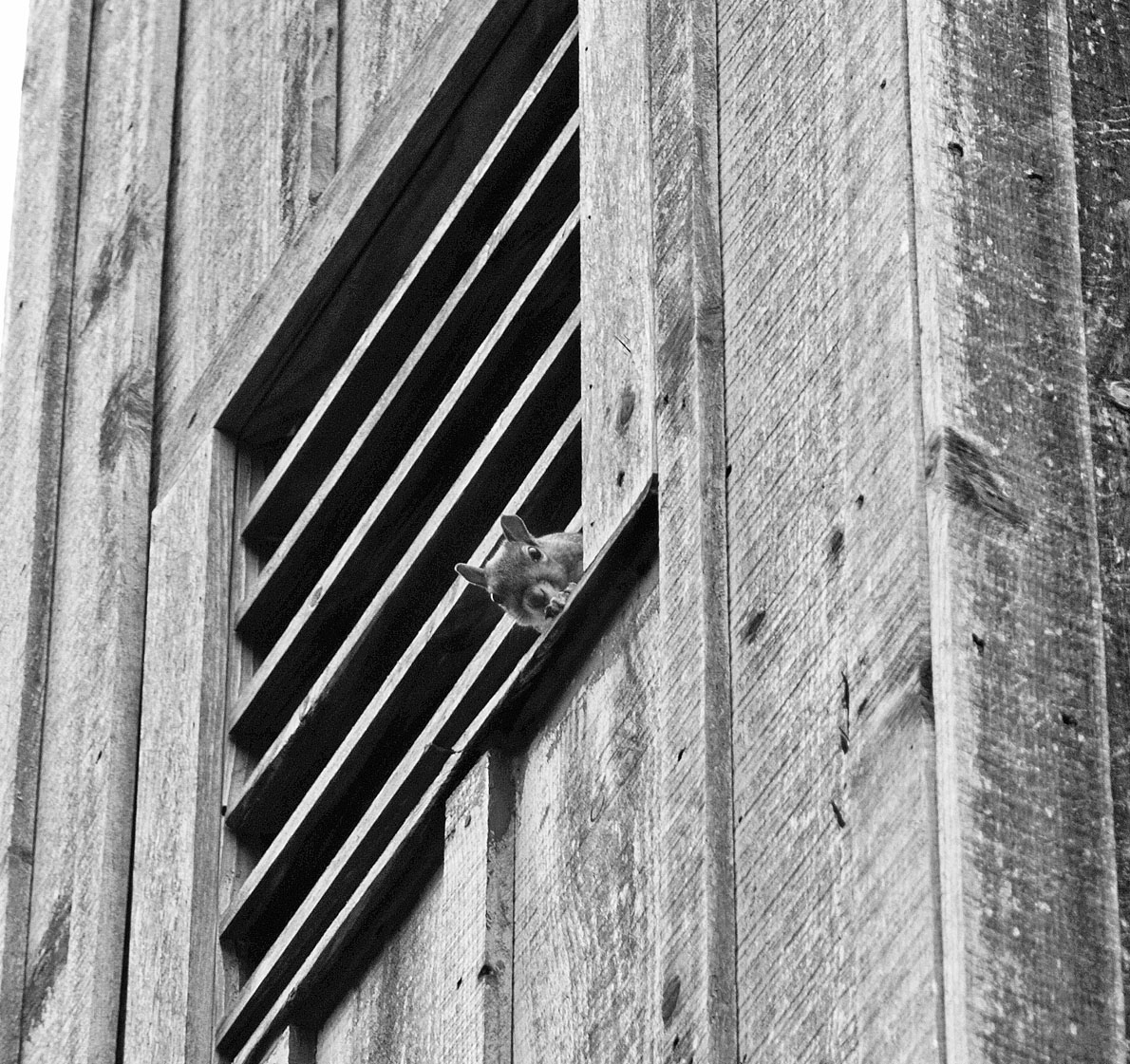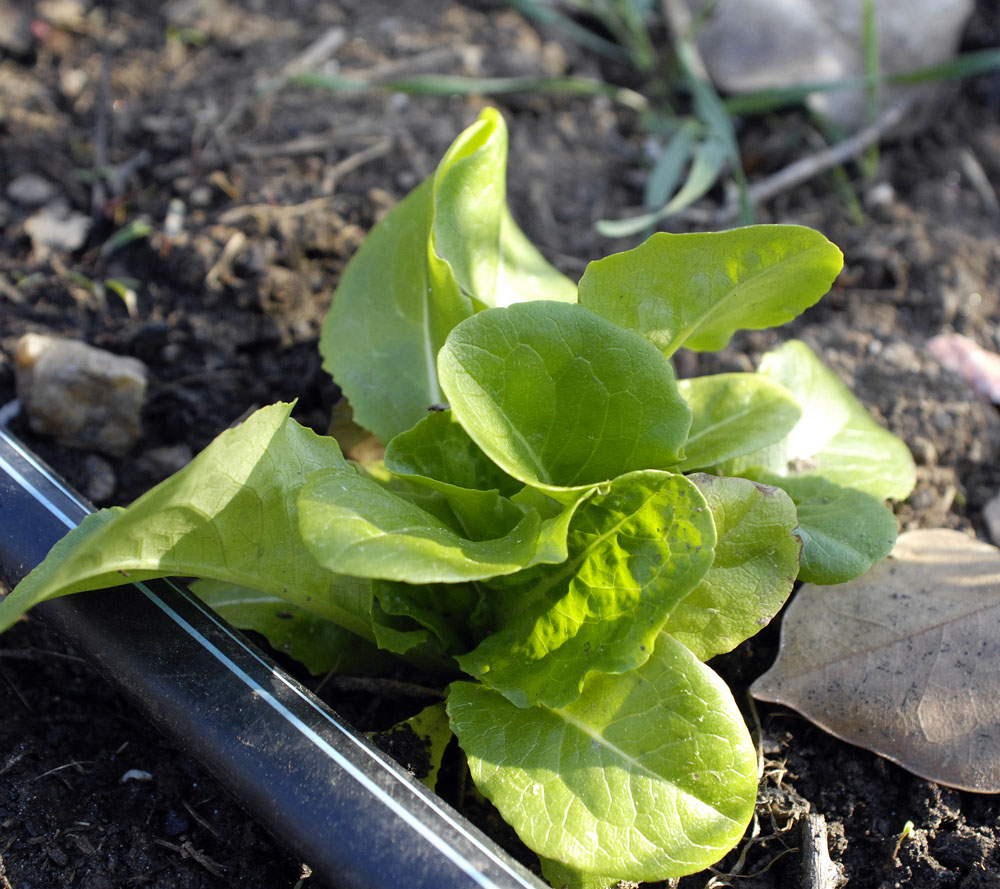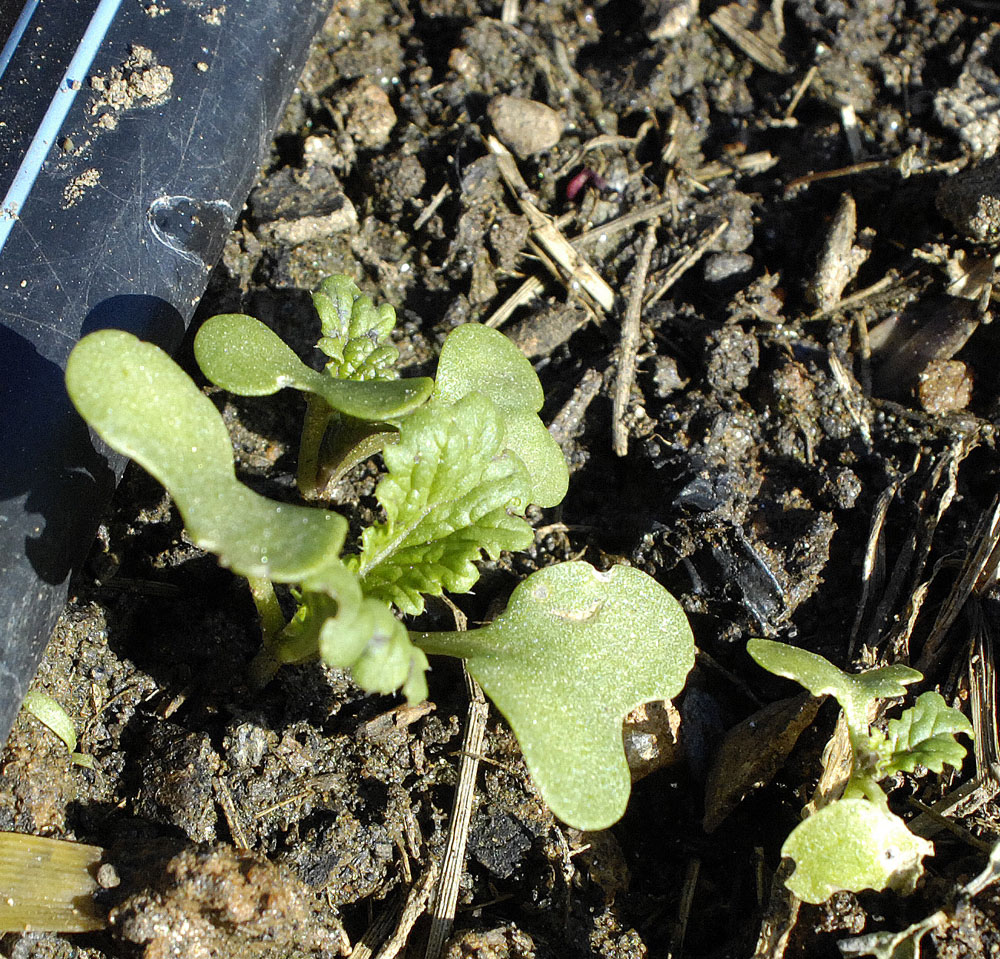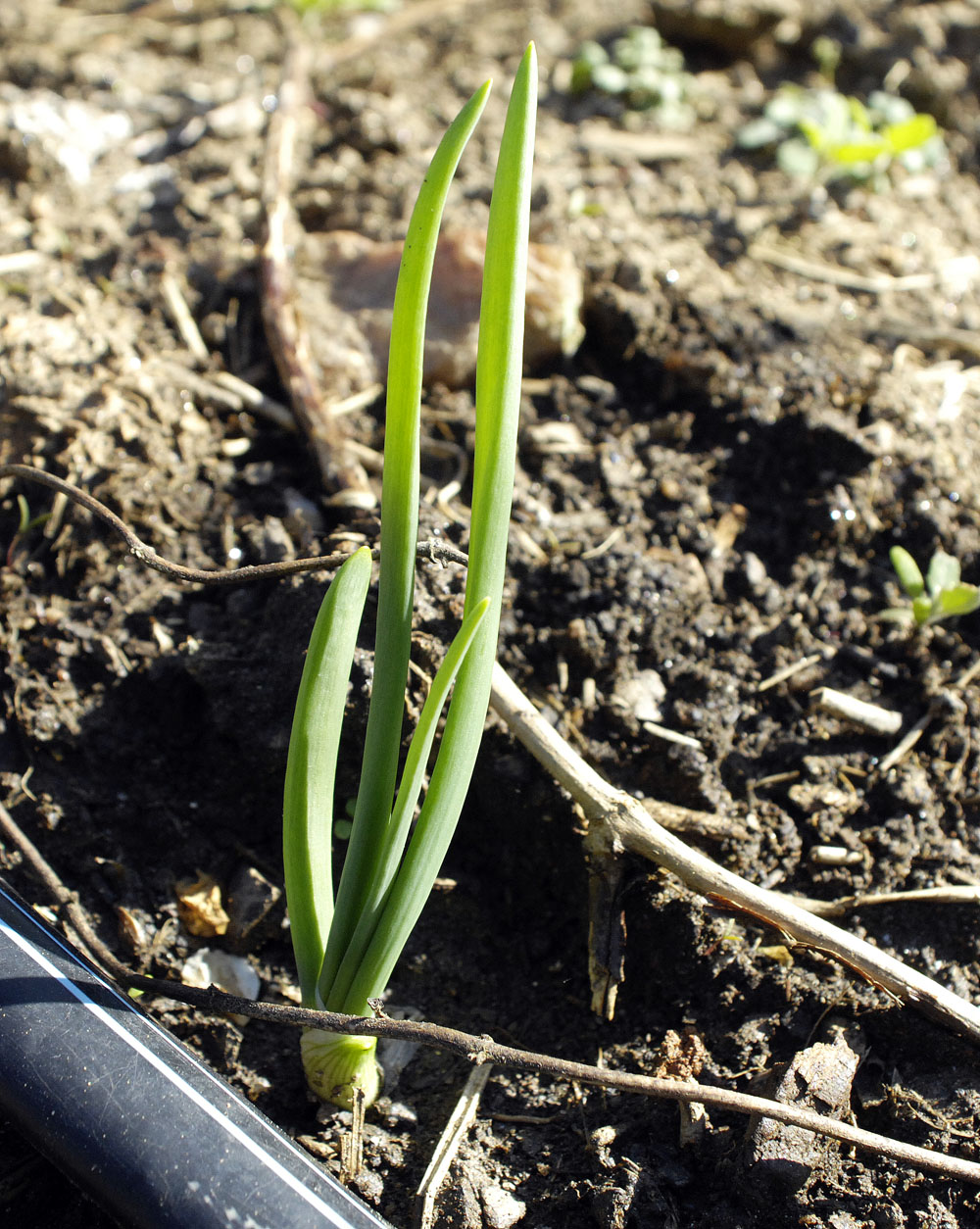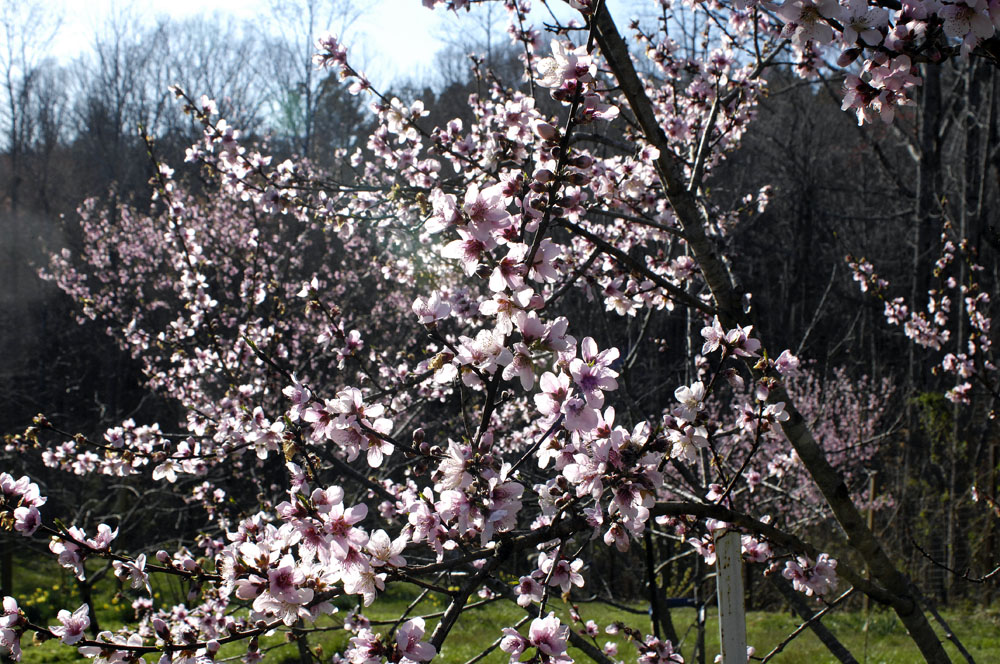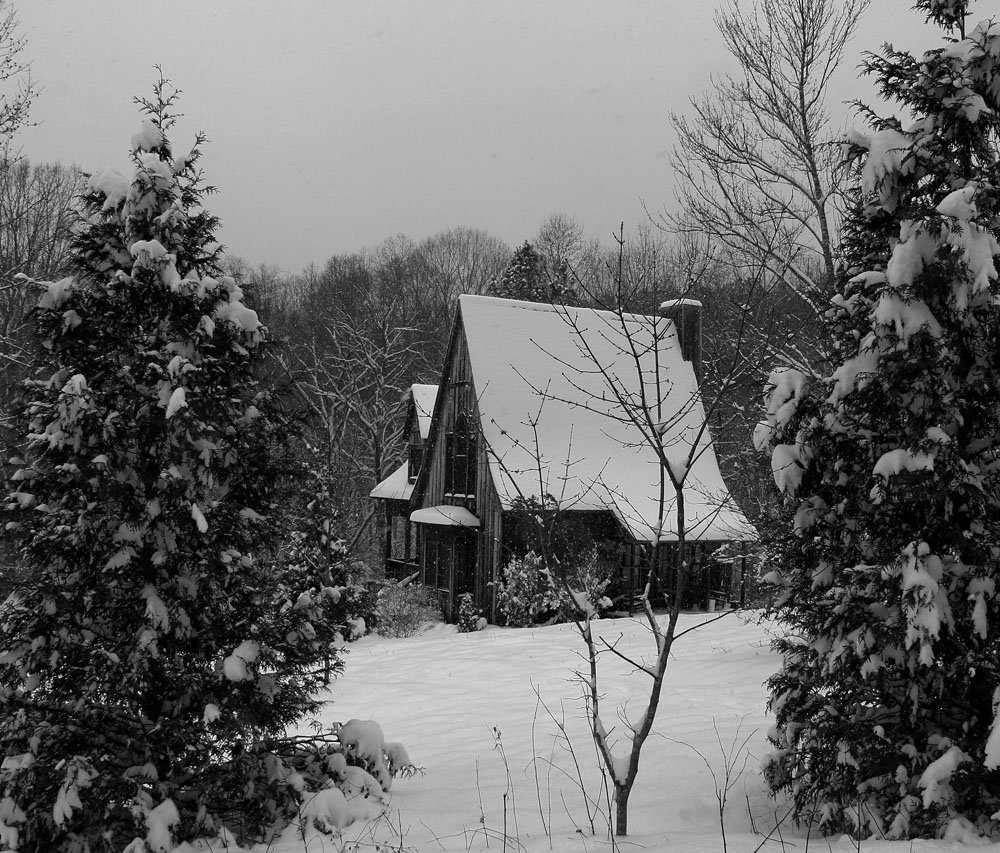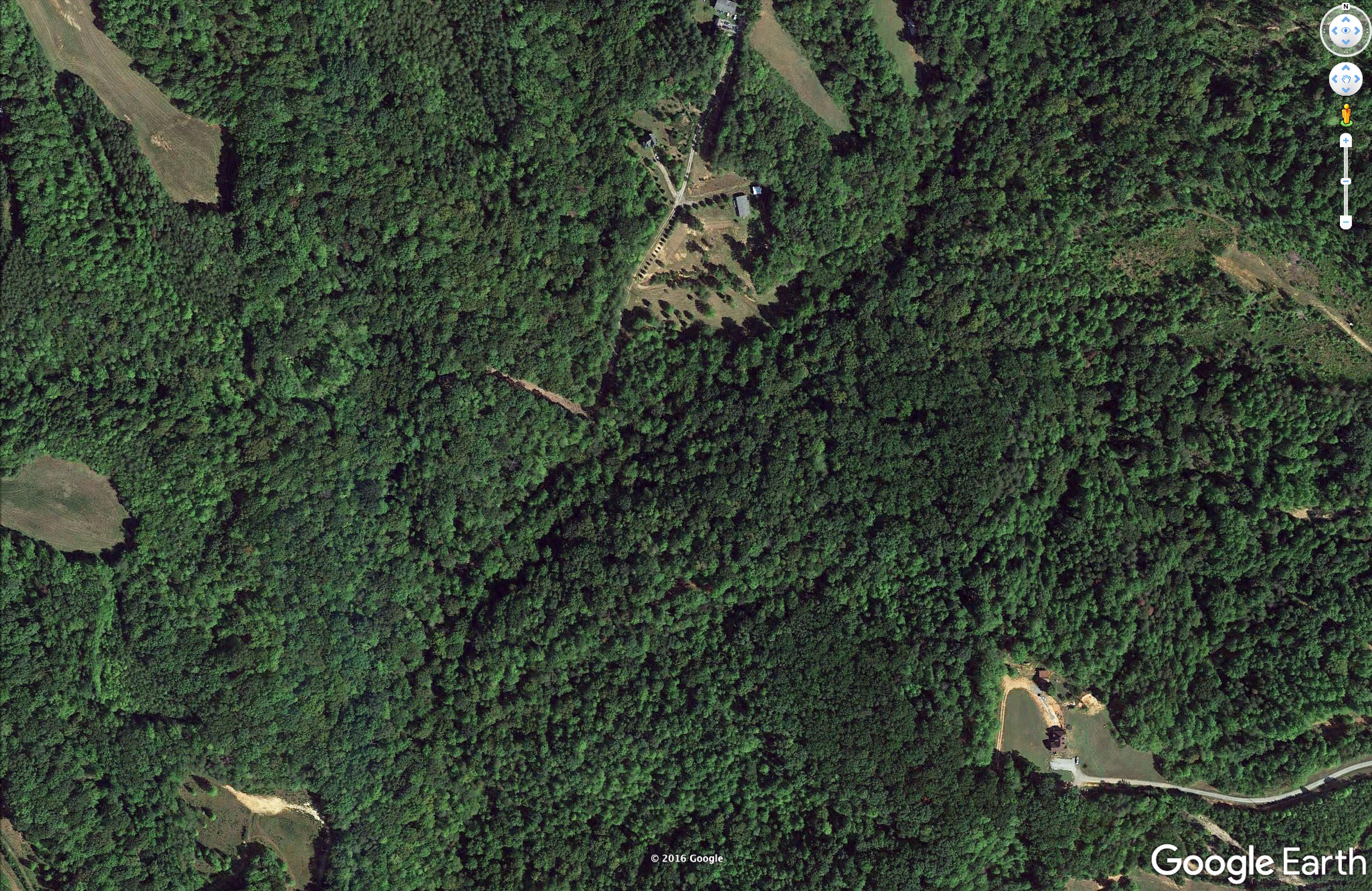
The meadow across the road. Click here for high-resolution version.
I was embarrassed for even wanting an ATV. I was embarrassed when I bought one. It seemed like a trashy thing to have. But I’ve had it for two months now, and I haven’t regretted it for a minute.
It gets me outdoors much more. I don’t zoom around and make a lot of noise. I even installed a “silencer” on the muffler to make the ATV run quieter. I go slow to see what I can see. I have never even used fifth gear. I go places I would never go during snake season for fear of stepping on a snake. I’m getting to know individual trees. I’m learning where the blooming things are. It’s even a social thing, because sometimes a neighbor and I ride together.
The valley in which I live, with its two ridges, is a lot like a tiny state park. There are between two and three miles of roads and trails, two small bridges suitable only for tractors and ATV’s, and two fords across small streams. There are two springs with deep pools where frogs and tadpoles live. There’s an observation tower on one of the ridges that neighbors built. I’ve helped install antennas on top of the tower for emergency use. There is solar power in the tower. A VHF radio that I provided is installed there permanently. I have a rugged HF transceiver that I can take to the tower in case the electrical grid ever goes down (far from impossible during my lifetime).
The ATV is a 2001 Honda Rancher 350 with four-wheel drive and electric shift. I was extremely lucky to find a classic 25-year-old ATV in like-new condition. It’s a beast, though it feels friendly. It often reminds me of riding a horse — sitting on a saddle, feet on foot rests that feel like stirrups, knees clamped against the machine’s chest, watching out for overhanging limbs that might slap me in the face, sometimes rising in the stirrups for a better look up ahead.

⬆︎ Rose of Sharon in my backyard. Click here for high-resolution version.

⬆︎ Butterfly weed in the meadow. Click here for high-resolution version.

⬆︎ The backyard at the abbey at 7:20 a.m. Click here for high-resolution version.


